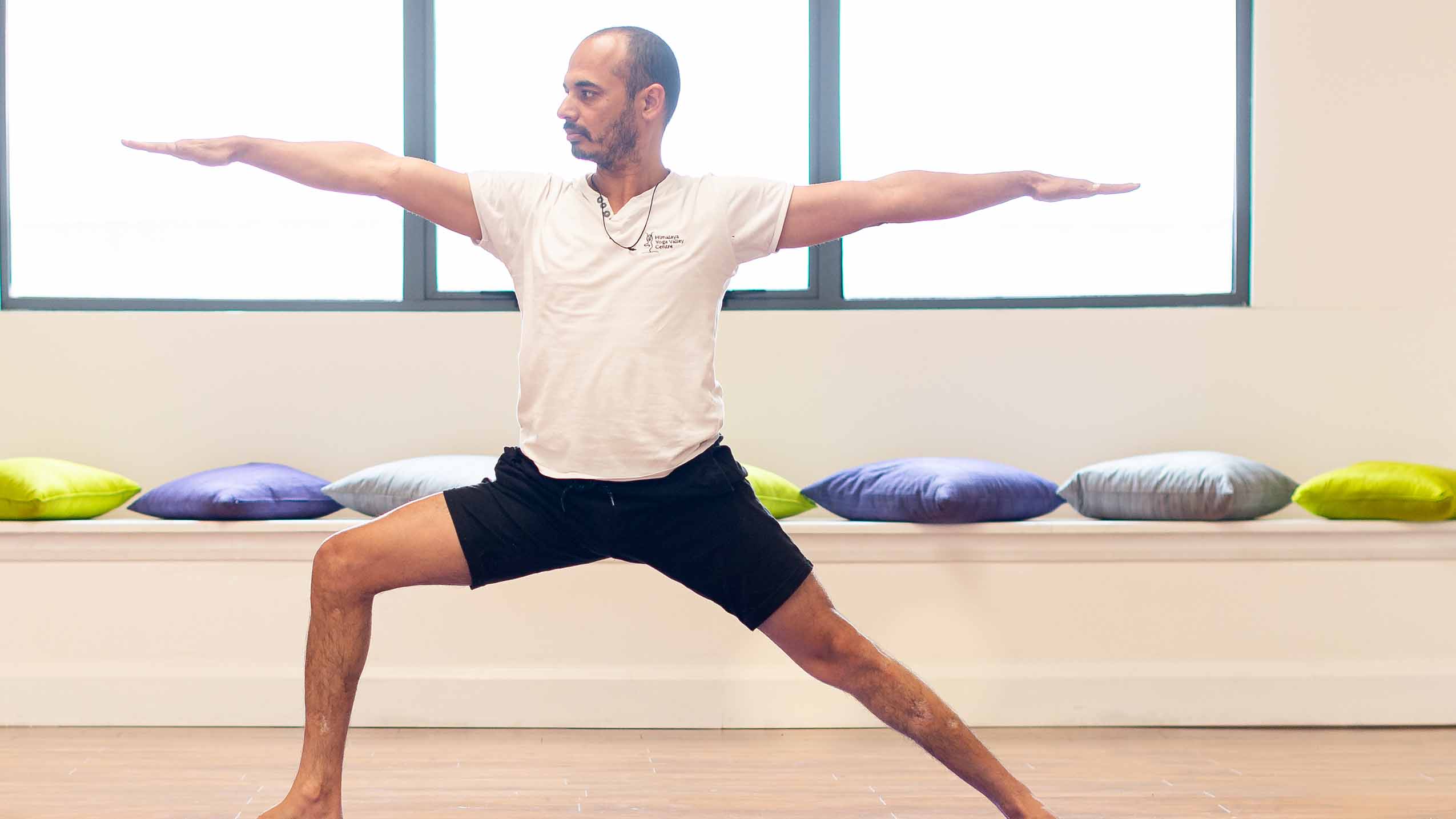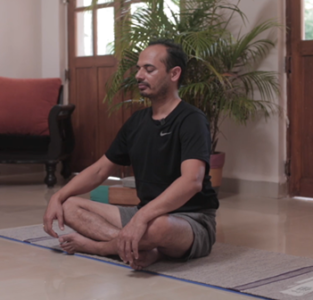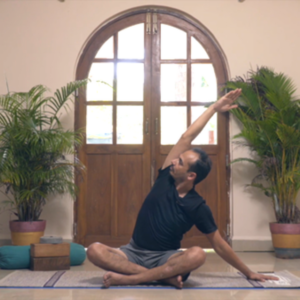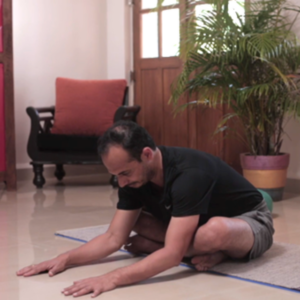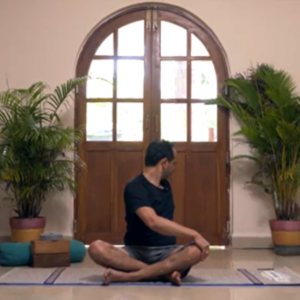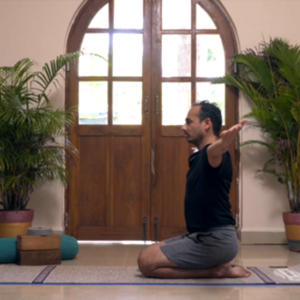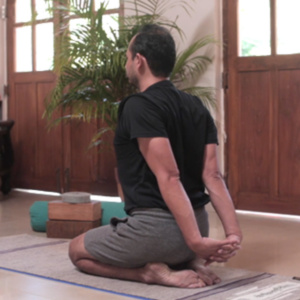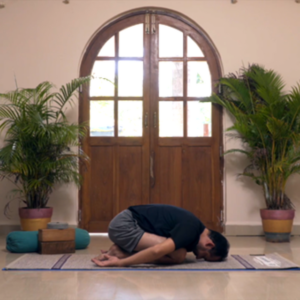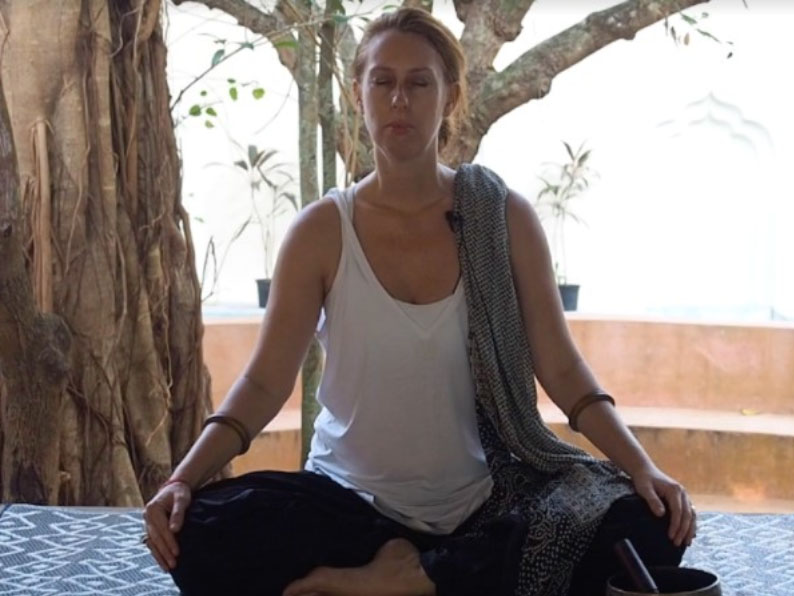From India to the World: The History and Significance of International Yoga Day
| By Eveanna De Barra | 0 Comments

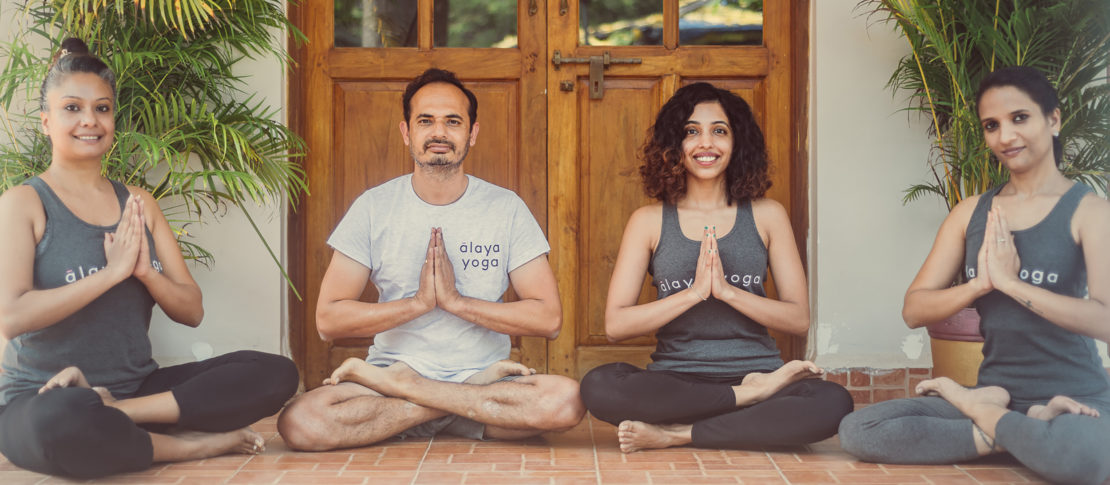

Joanna
Ālaya Yoga
From India to the World: The History and Significance of International Yoga Day
Yoga is an ancient practice that originated in India over 5,000 years ago. It is a physical, mental, and spiritual discipline that aims to bring harmony between the body and mind. Today, yoga is practised by millions of people all over the world, and has become a popular way to reduce stress, increase flexibility, and improve overall health and well-being. One of the most significant events in the modern history of yoga is the establishment of International Yoga Day, celebrated every year on the 21st of June. It was declared by the United Nations General Assembly in 2014 after the proposal was put forward by India’s Prime Minister, Narendra Modi. The purpose of International Yoga Day is to raise awareness about the benefits of yoga and promote its practice all over the world. In this article, we will delve into the history and significance of International Yoga Day, and explore how this ancient practice has become a global phenomenon.
In India, yoga has always been an integral part of the culture and way of life. Yoga is deeply rooted in Indian philosophy and spirituality and is considered to be a path to enlightenment and self-realisation.
Yoga has had a significant impact on Indian society and culture. It has been used for centuries to promote physical health, mental well-being, and spiritual growth. Yoga is also important to many religious and spiritual practices in India, including Hinduism, Buddhism, and Jainism.
In recent years, there has been a renewed interest in yoga in India, as more and more people are turning to this ancient practice to improve their health and well-being. Yoga has also become a significant industry in India, with yoga studios, retreats, and teacher training programs popping up all over the country.
The idea of International Yoga Day was first proposed by India’s Prime Minister, Narendra Modi, in 2014. The proposal was put forward at the United Nations General Assembly and was quickly adopted by the international community.
The purpose of International Yoga Day is to raise awareness about the benefits of yoga and promote its practice all over the world. The date of June 21st was chosen as the official date for International Yoga Day, as it is the summer solstice, the longest day of the year in the Northern Hemisphere.
Since its inception, International Yoga Day has become an important event in the global yoga community. It is celebrated in countries all over the world, with millions of people coming together to practice yoga and celebrate the benefits of this ancient practice.
International Yoga Day is an important event for a number of reasons. Firstly, it helps to raise awareness about the benefits of yoga and promotes its practice all over the world. This is important because yoga has been shown to have numerous health benefits, including reducing stress, improving flexibility, and boosting overall energy levels.
Secondly, International Yoga Day is a celebration of the unity and diversity of the global yoga community. It brings together people from all walks of life, cultures, and backgrounds to practice yoga and celebrate the benefits of this ancient knowledge.
Finally, International Yoga Day is an important reminder of the role that yoga can play in promoting peace and harmony in the world. Yoga is a practice that emphasises compassion, mindfulness, and non-violence, and can be a powerful tool for building bridges between different cultures and communities.
There are many ways to celebrate International Yoga Day, whether you are a seasoned practitioner or a beginner. One of the most popular ways to celebrate is to attend a yoga class or event in your local community. Many yoga studios and community centers offer free or discounted yoga classes on International Yoga Day, so it’s a great opportunity to try out different styles of yoga and meet other practitioners.
If you can’t attend an event in person, many online resources are available for practicing yoga at home, such as Ālaya Yoga Online Studio, so you can practice yoga from the comfort of your own home.
Another way to celebrate International Yoga Day is to organise your own yoga event in your community. This could be as simple as gathering a group of friends to practise yoga in a local park, or organizing a larger event with music, food, and other activities.
Since its inception in 2014, International Yoga Day has had a significant impact on the global yoga community. It has helped to raise awareness about the benefits of yoga and promote its practice all over the world.
One of International Yoga Day‘s most significant success stories has been its impact on public health. Yoga has been shown to have numerous health benefits, including reducing stress, improving flexibility, and boosting your immune system. By promoting the practice of yoga, International Yoga Day has helped to improve the health of millions of people all over the world.
International Yoga Day has also helped to promote cross-cultural understanding and unity. By bringing people from different cultures and backgrounds together to practise yoga, International Yoga Day has helped to build bridges and promote peace and harmony in the world!
As the popularity of yoga continues to grow all over the world, the future of International Yoga Day looks bright. Each year, more and more people are participating in International Yoga Day events and celebrating the benefits of this ancient practice.
In the years to come, it is likely that International Yoga Day will continue to grow and evolve, with new events, initiatives, and partnerships being established all over the world. As the global yoga community continues to expand, International Yoga Day will remain an important event for promoting the benefits of yoga and bringing people together in a spirit of unity and harmony.
Despite the numerous benefits of yoga, there are still some misconceptions about the practice that persists. One of the most common misconceptions is that yoga is only for flexible and athletic people. In reality, yoga is a practice that can be adapted to suit people of all ages, abilities, and body types.
Another misconception about yoga is that it is a religion. While yoga has its roots in Hinduism, it is not a religion in and of itself. Yoga is a practice that can be incorporated into any religious or spiritual tradition, or practiced as a secular form of exercise and meditation.
Finally, there is a misconception that yoga is only for women. While it is true that yoga has traditionally been associated with women, there are many male practitioners of yoga all over the world. Yoga is a practice that can be enjoyed by people of all genders and backgrounds!
In conclusion, yoga is an ancient practice that has become a global phenomenon. From its origins in India over 5,000 years ago, yoga has spread all over the world and is now practiced by millions of people in countries all over the globe. The establishment of International Yoga Day in 2014 has helped to raise awareness about the benefits of yoga and promote its practice all over the world.
Yoga can be adapted to suit people of all ages, abilities, and body types. It emphasises compassion, mindfulness, and non-violence, and can be a powerful tool for building bridges between different cultures and communities. Yoga is not just an exercise or a form of meditation, it is a way of life that can help us to achieve inner peace, harmony, and a deeper understanding of ourselves and the world around us.
